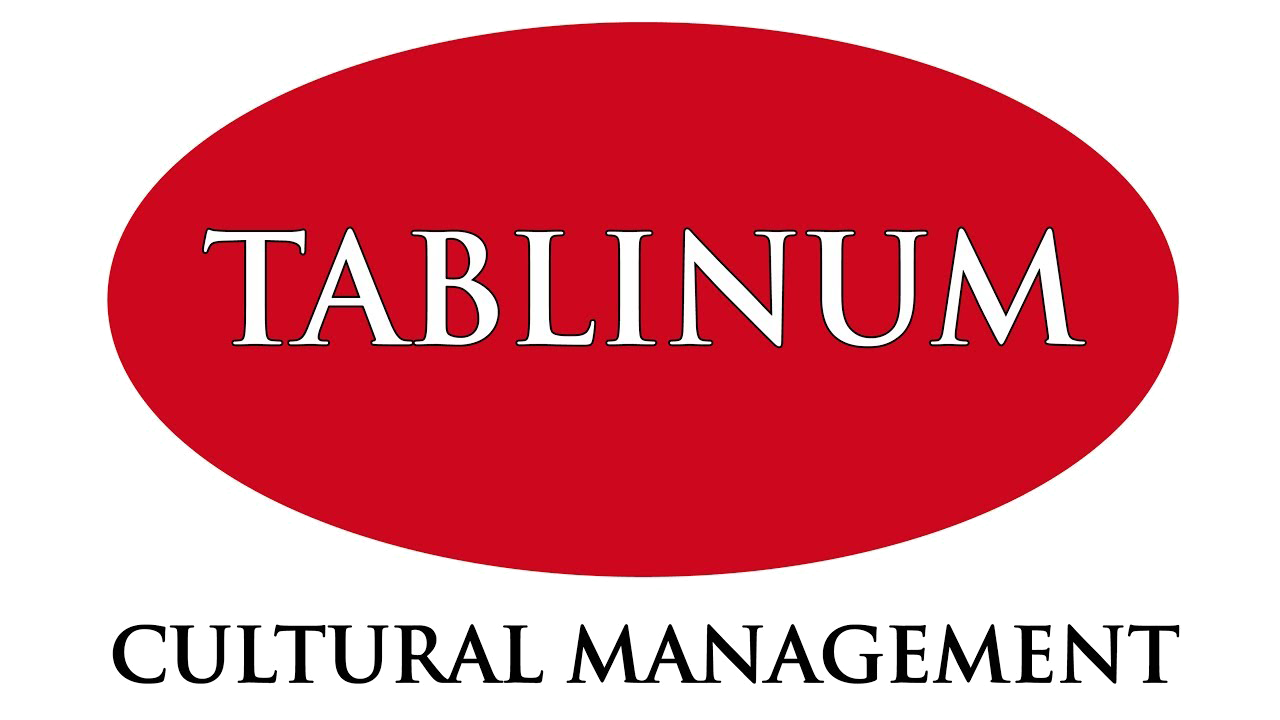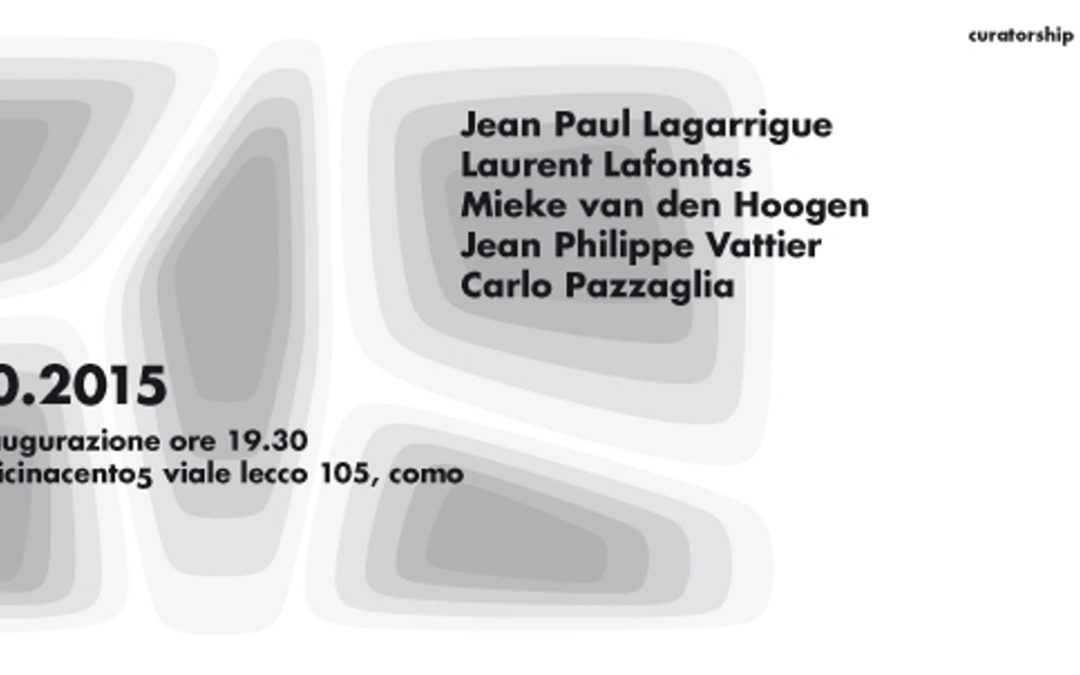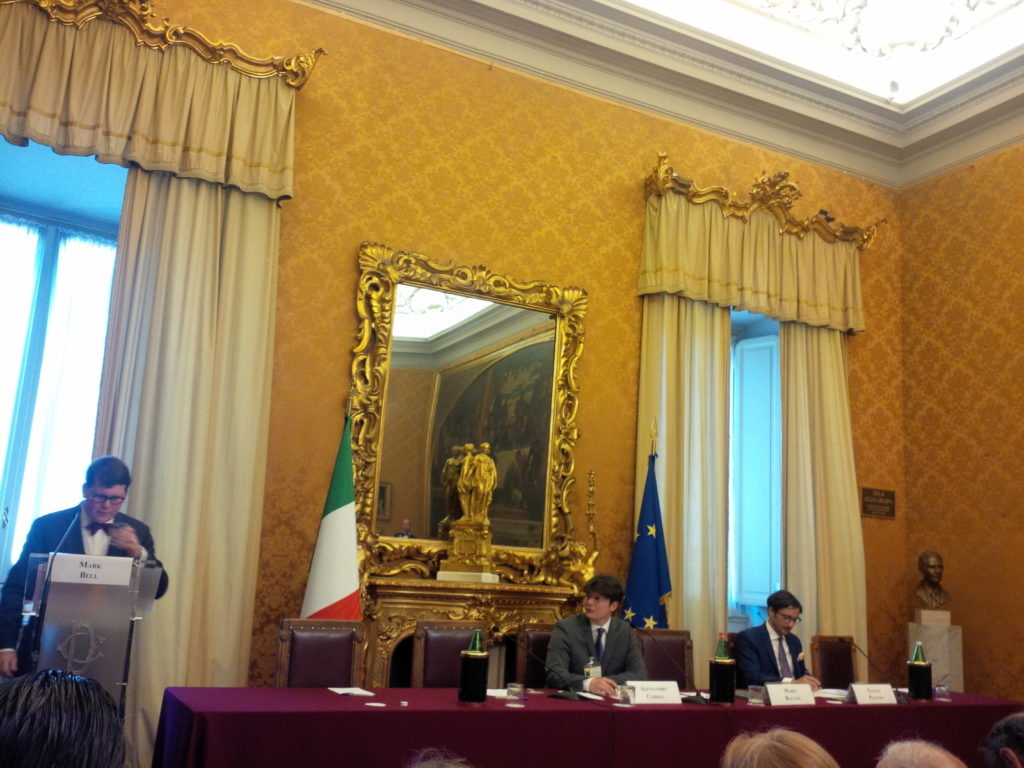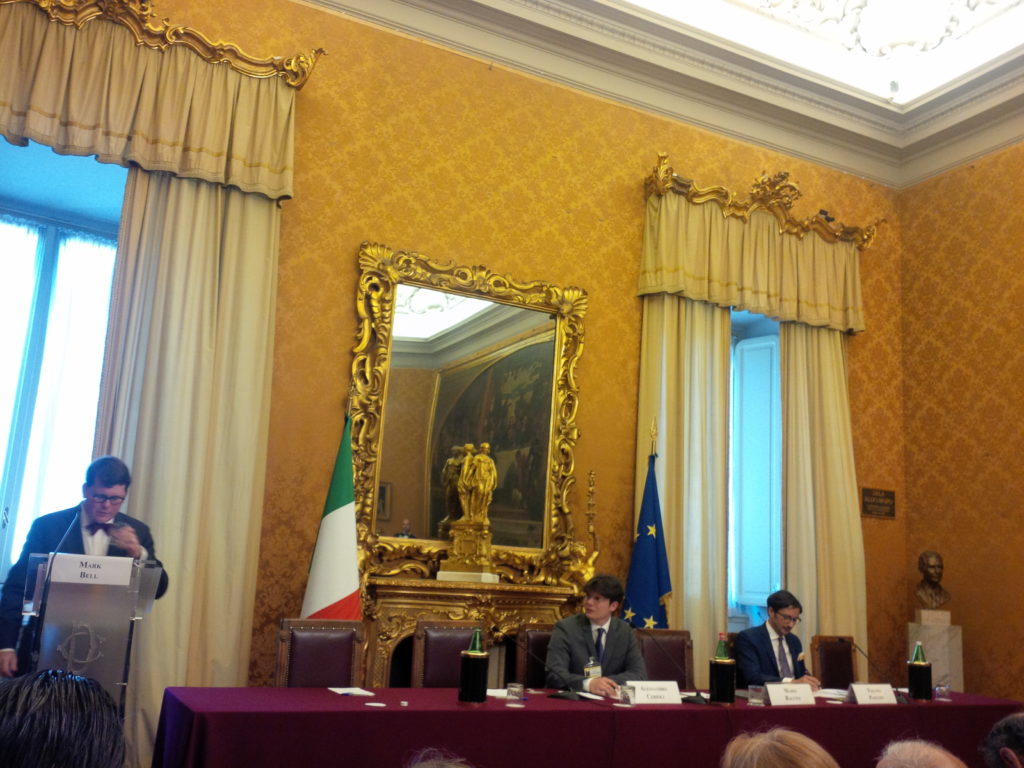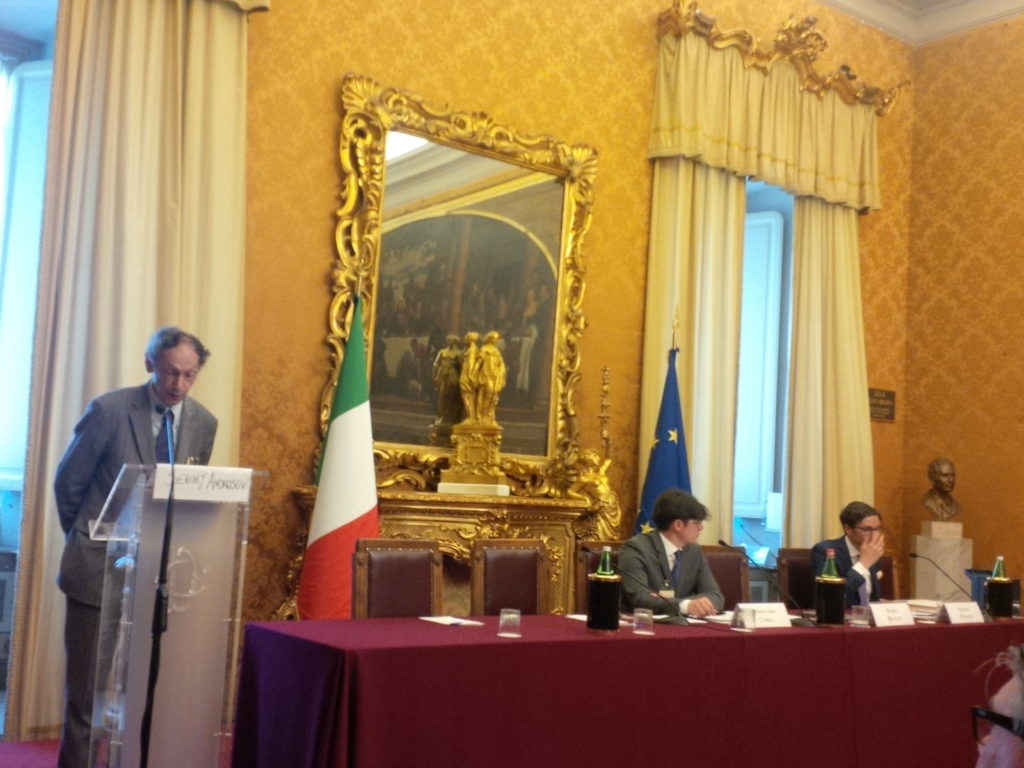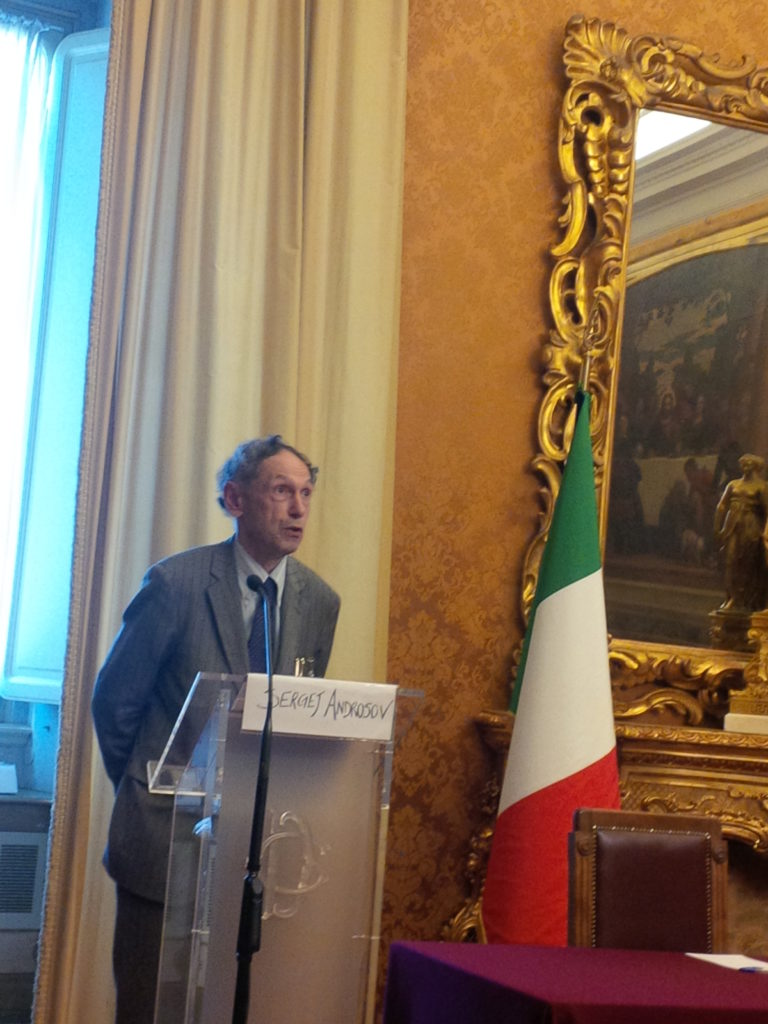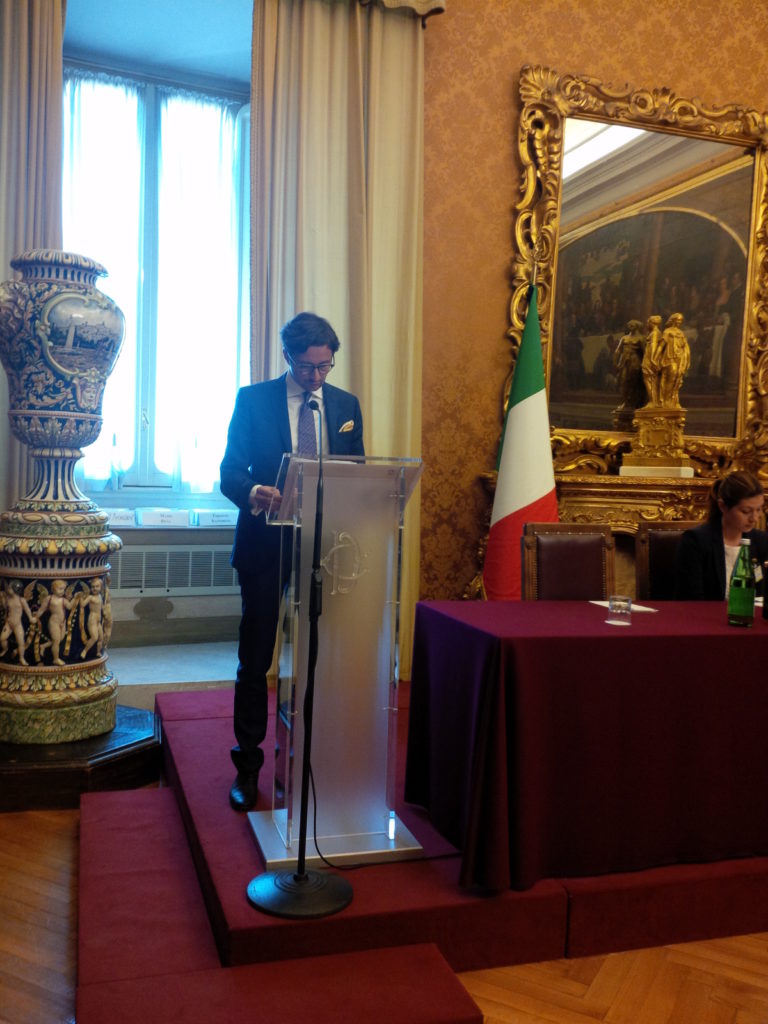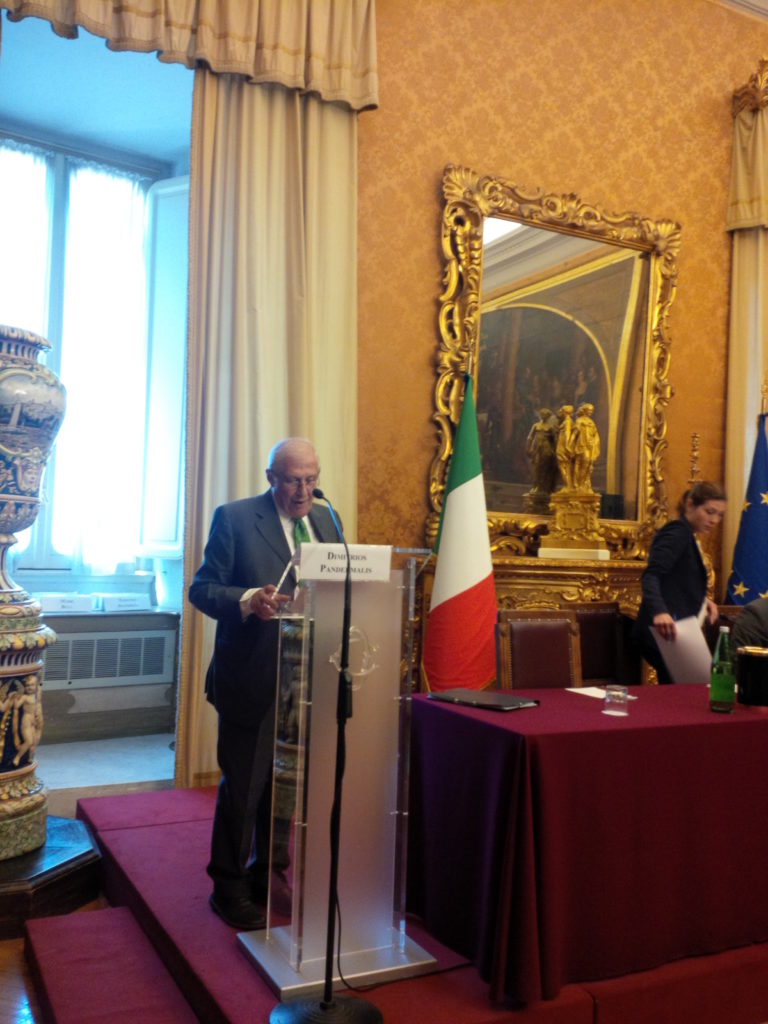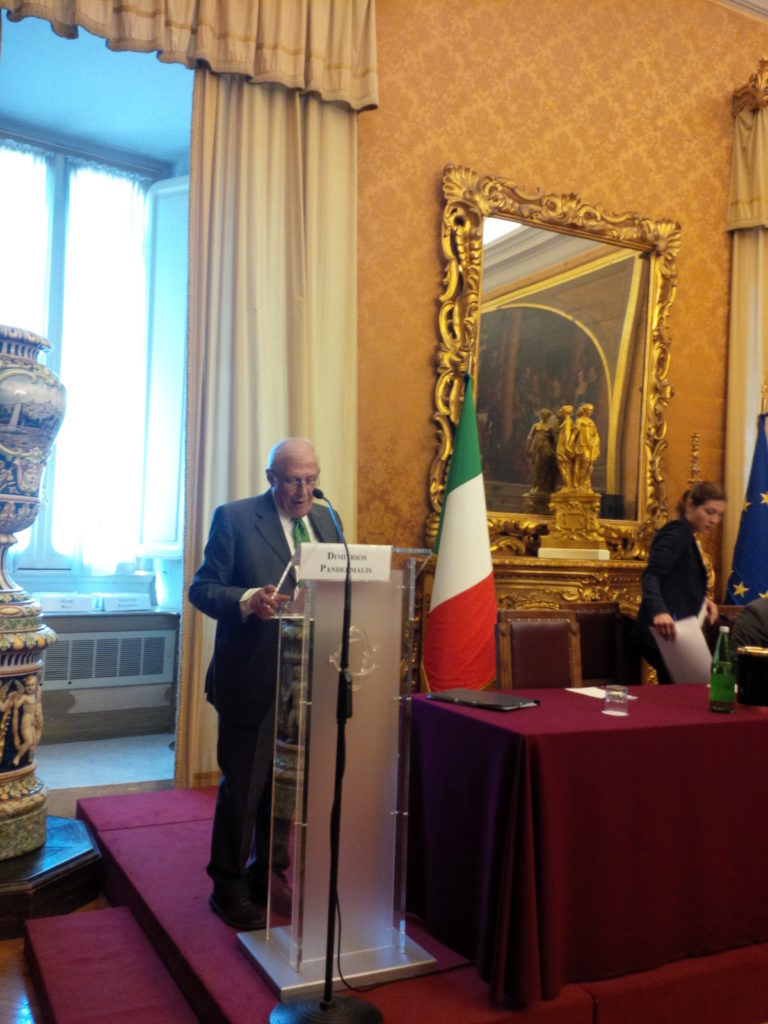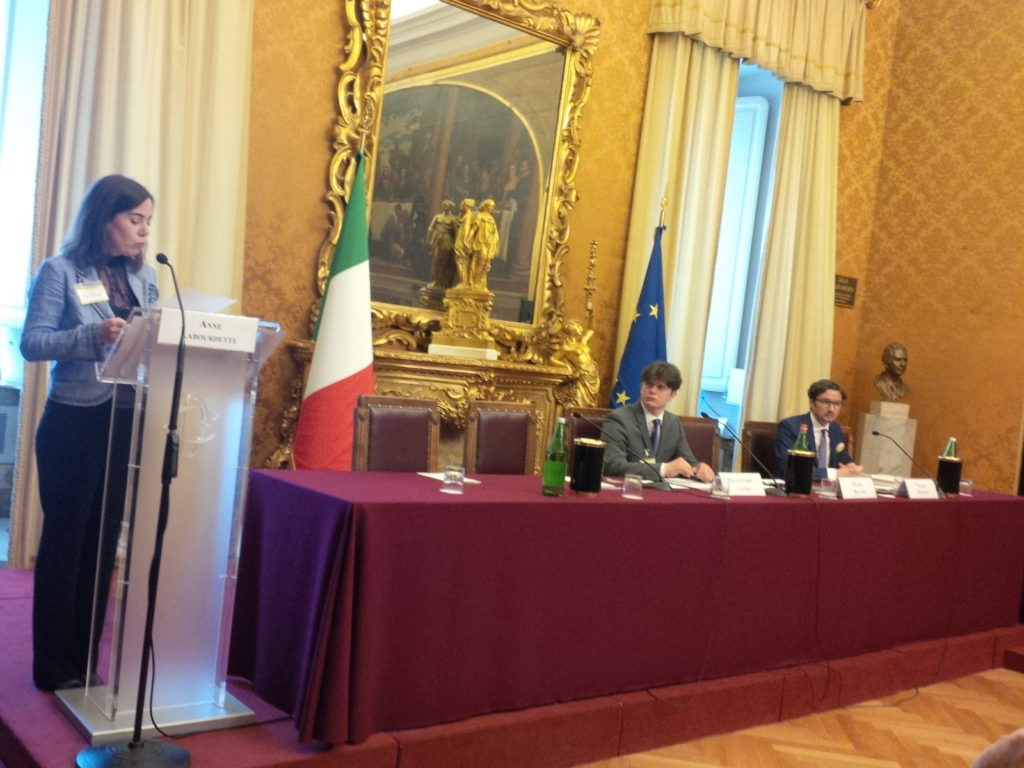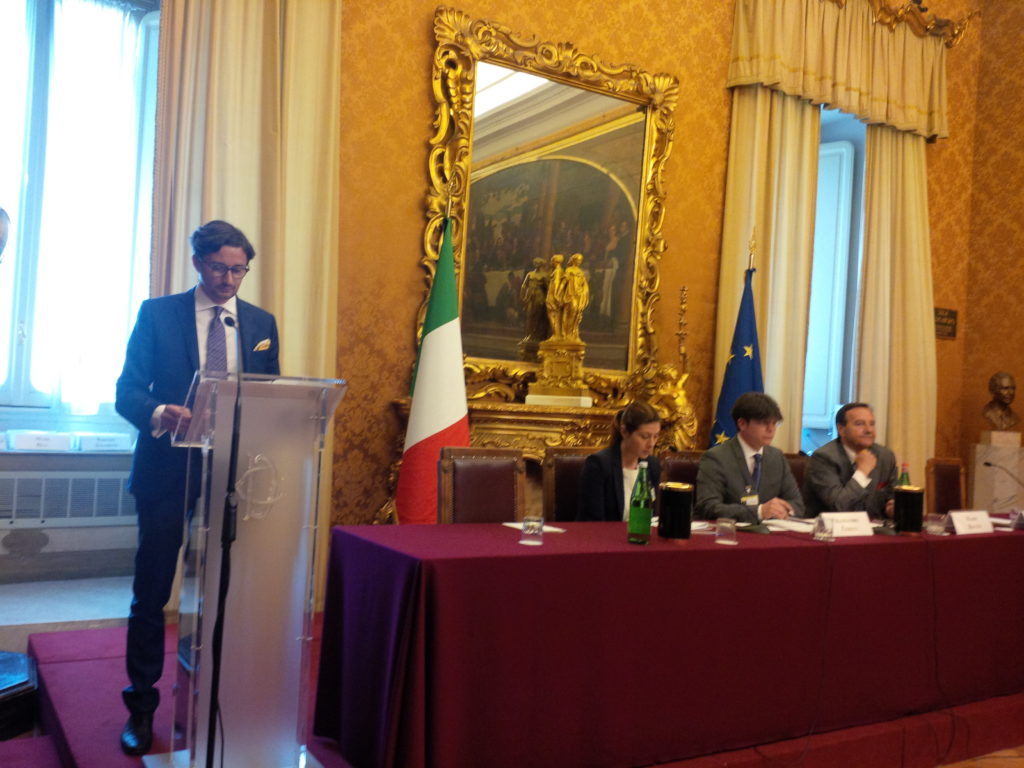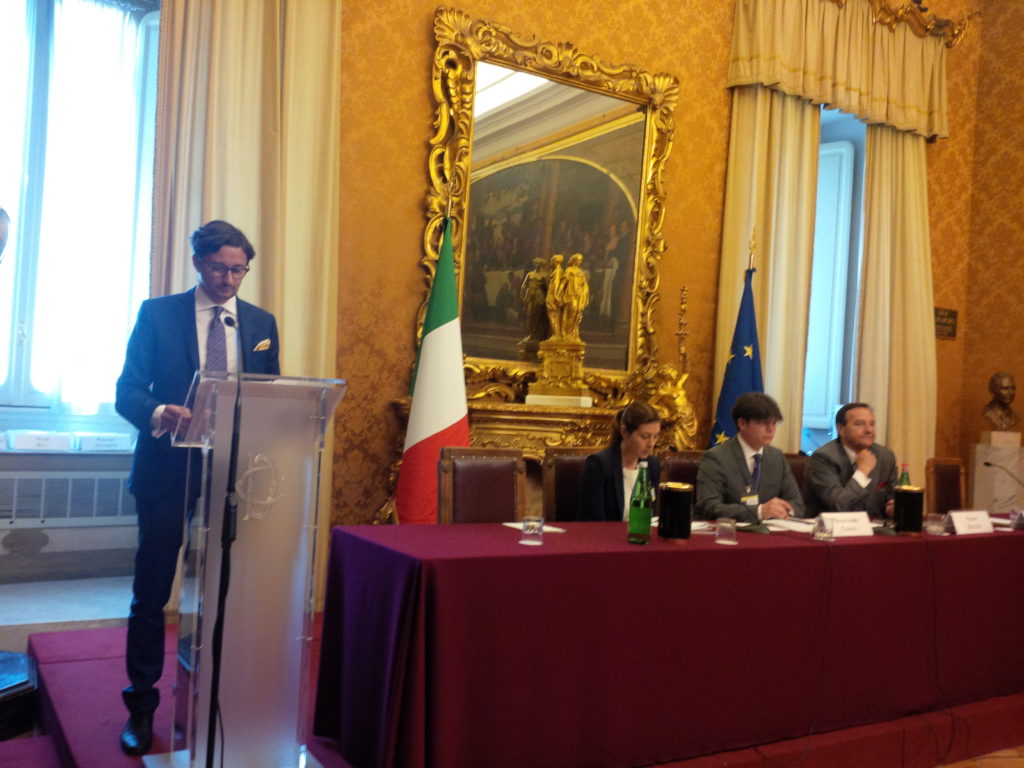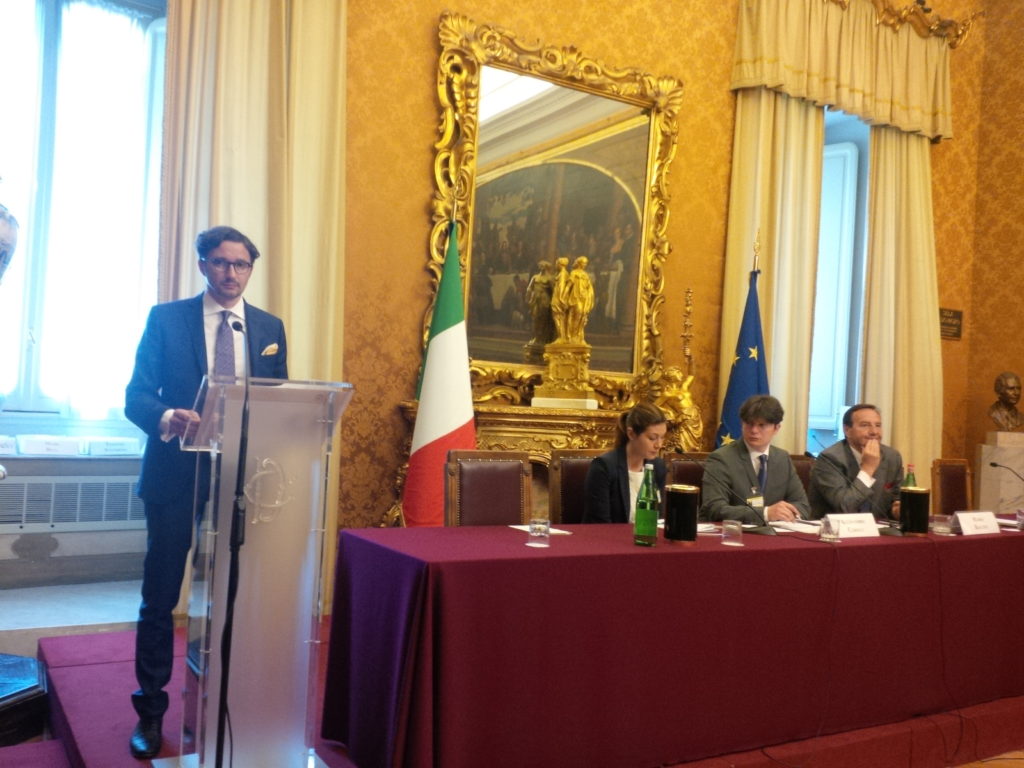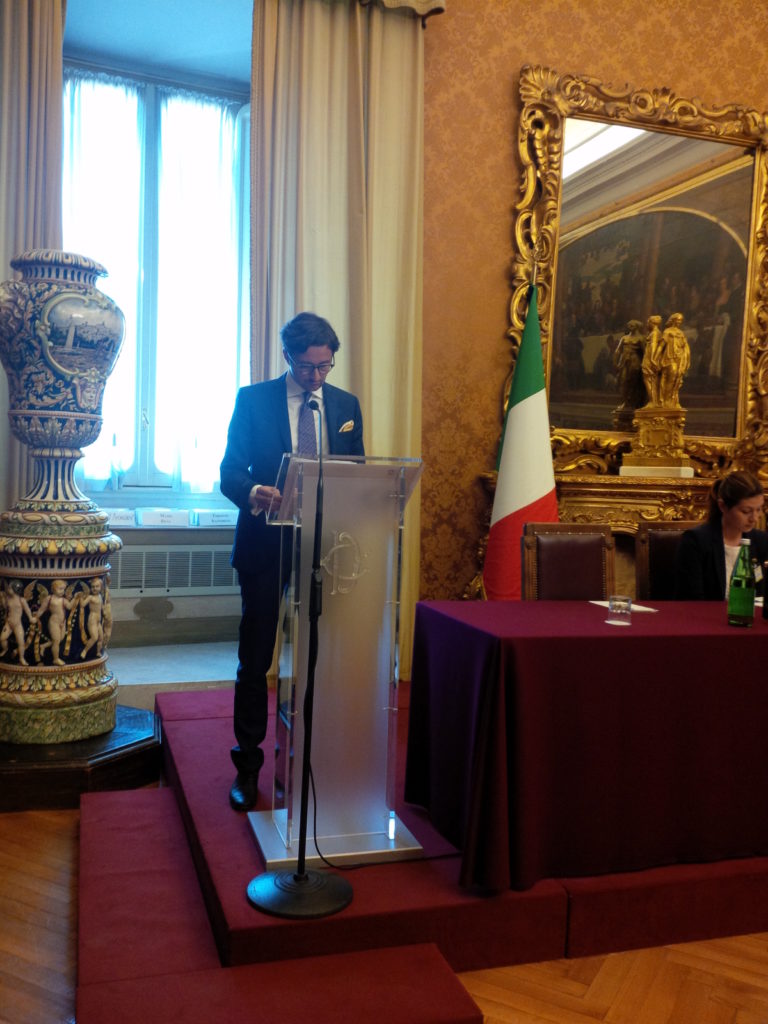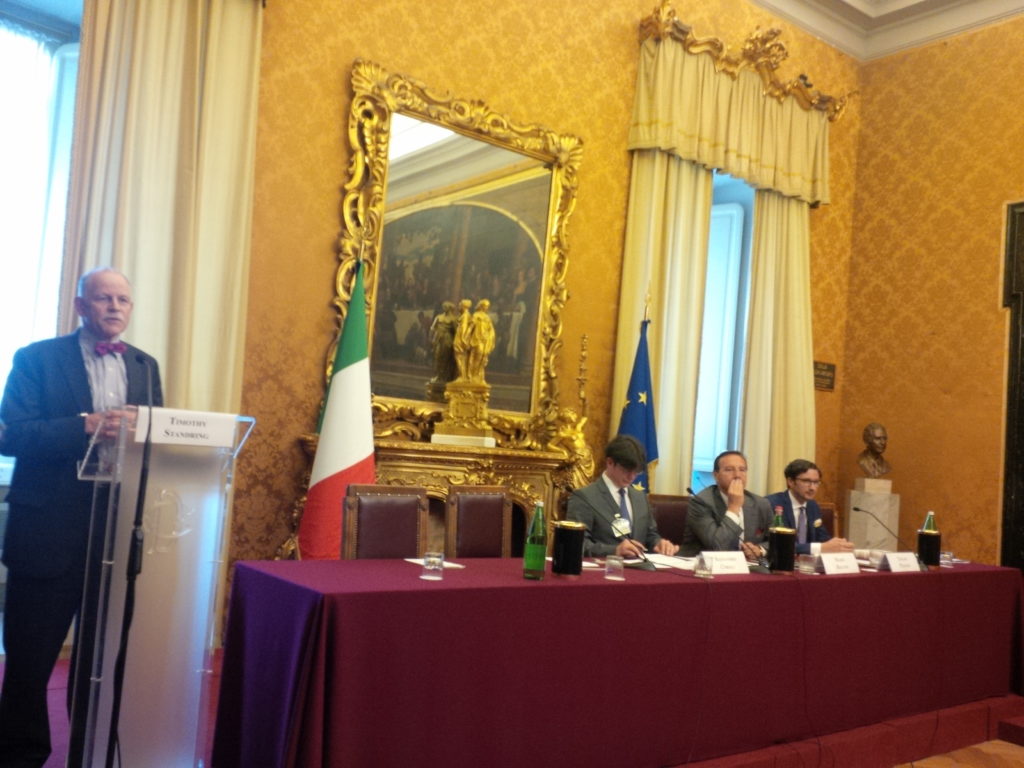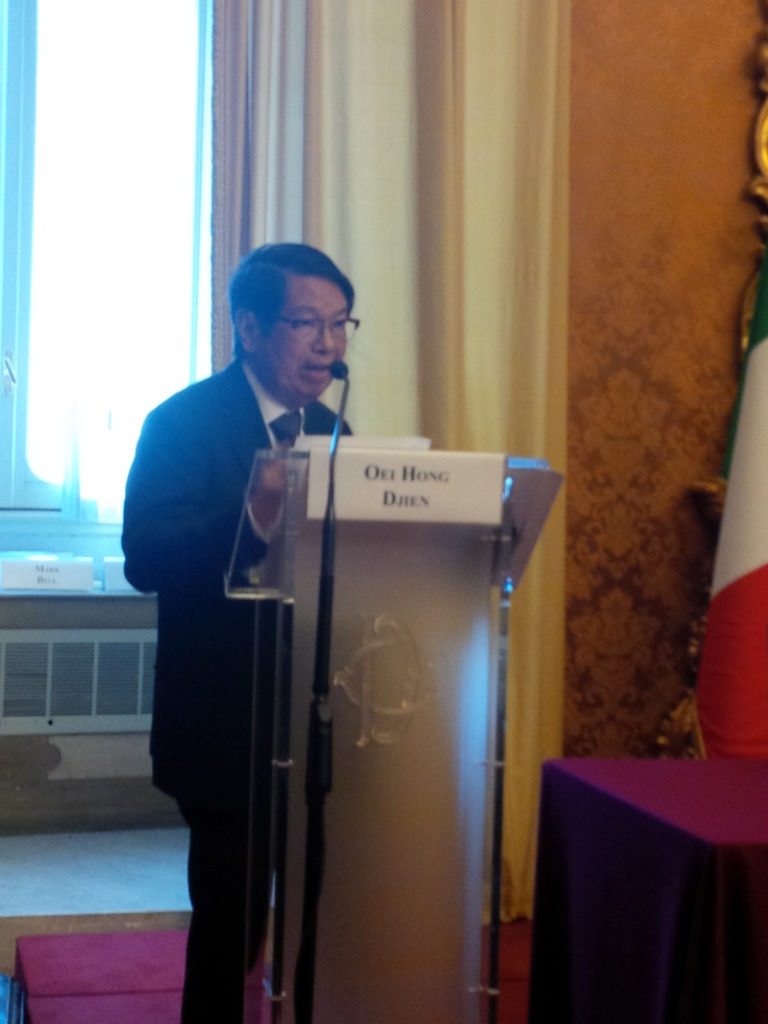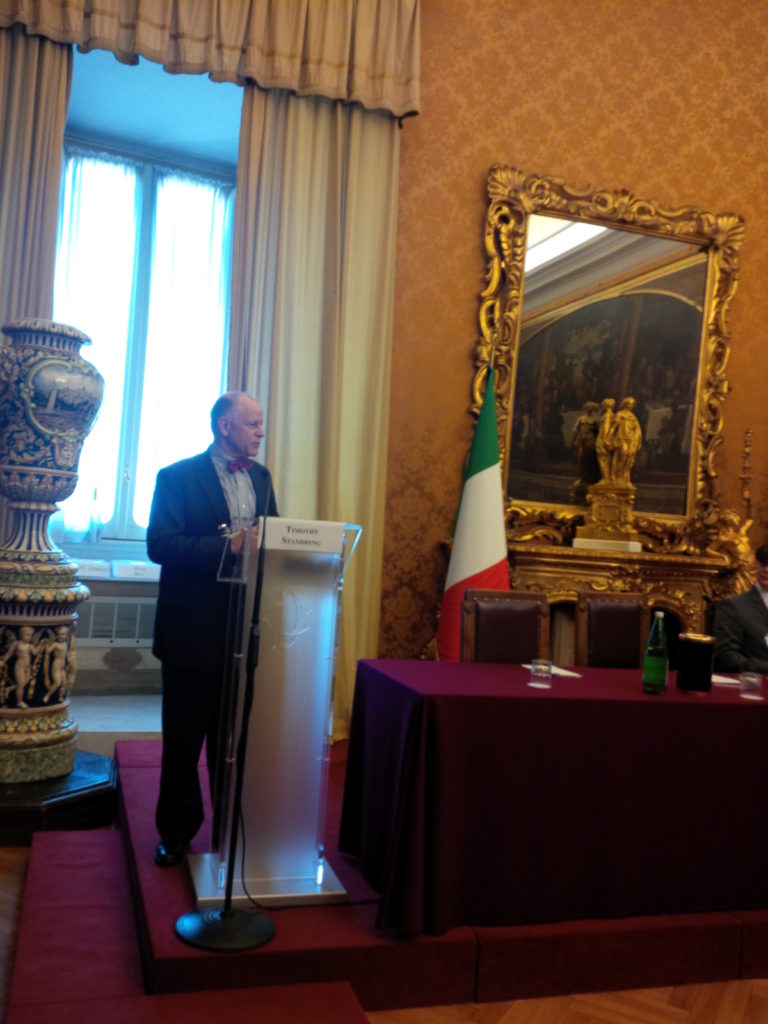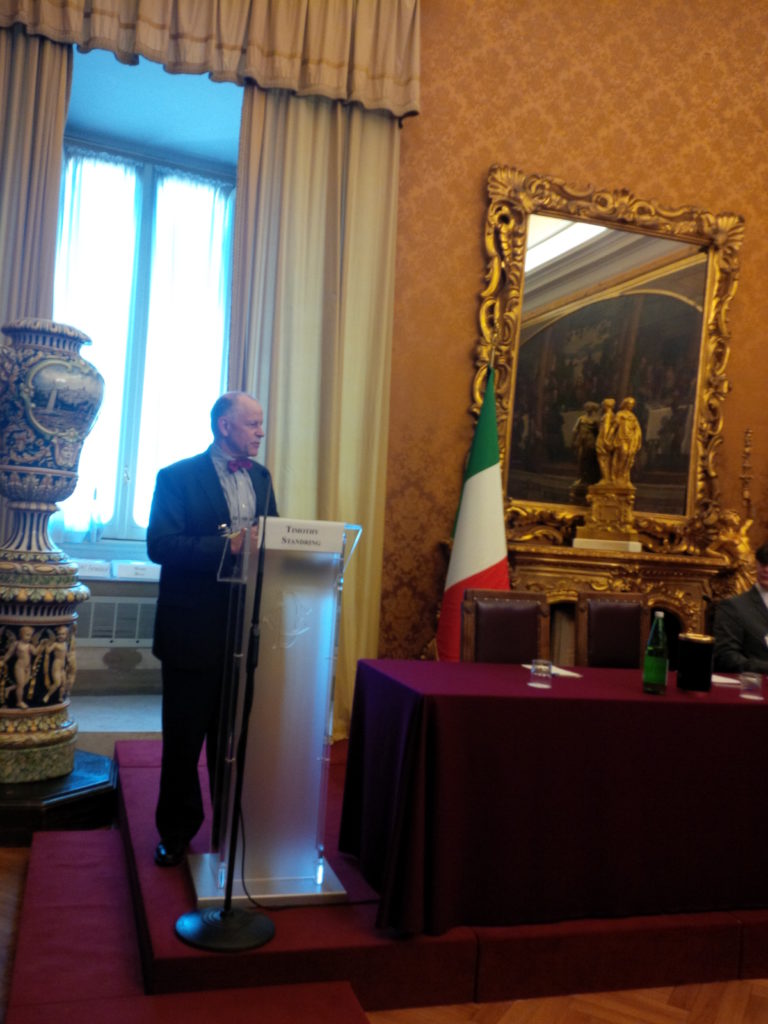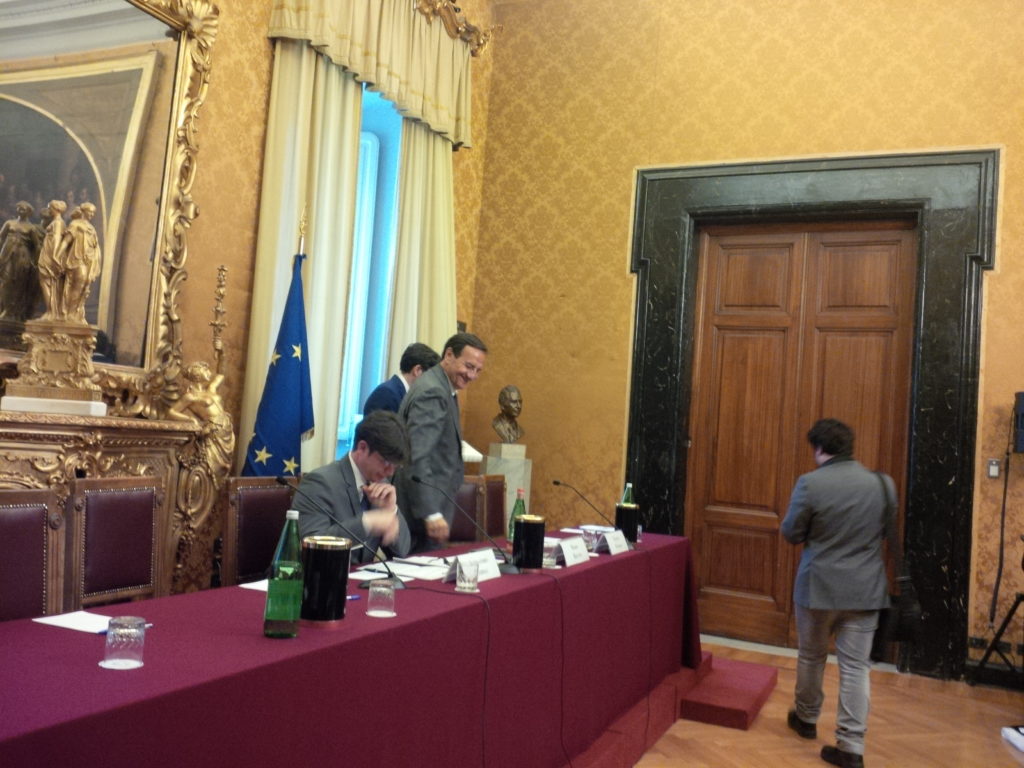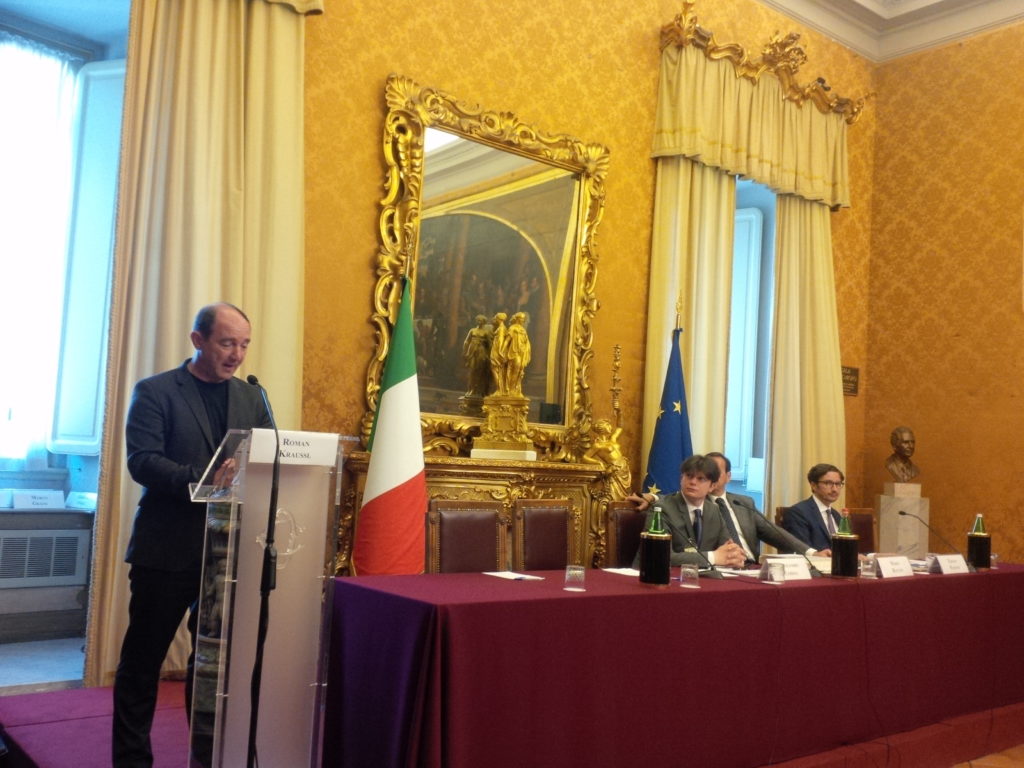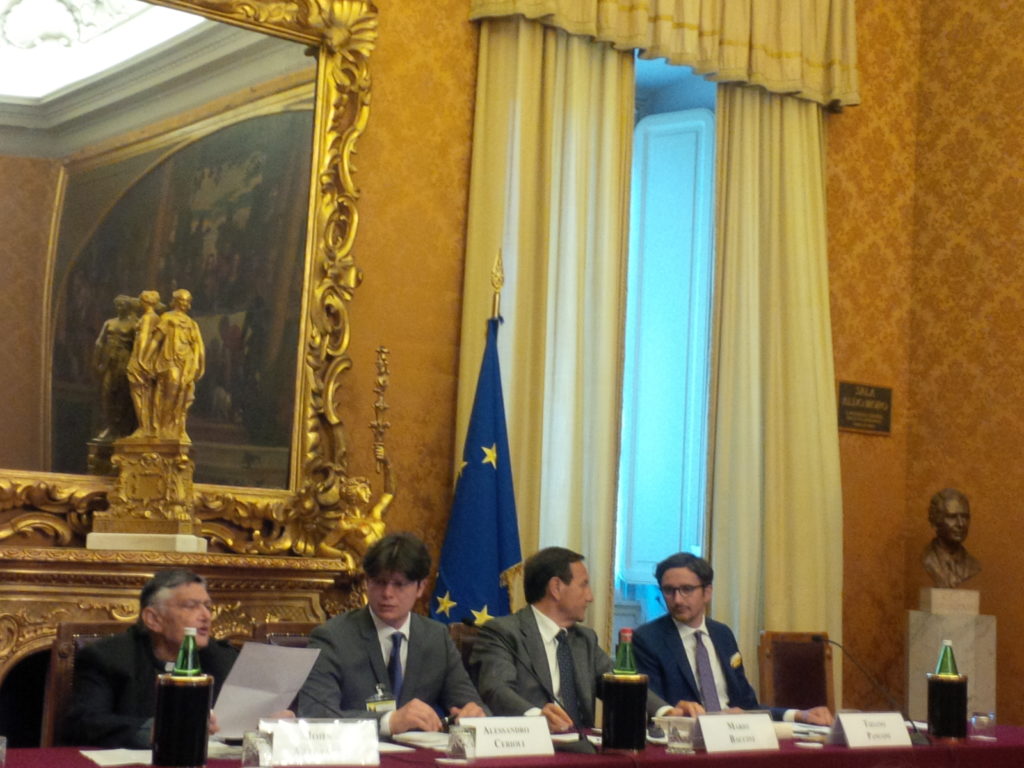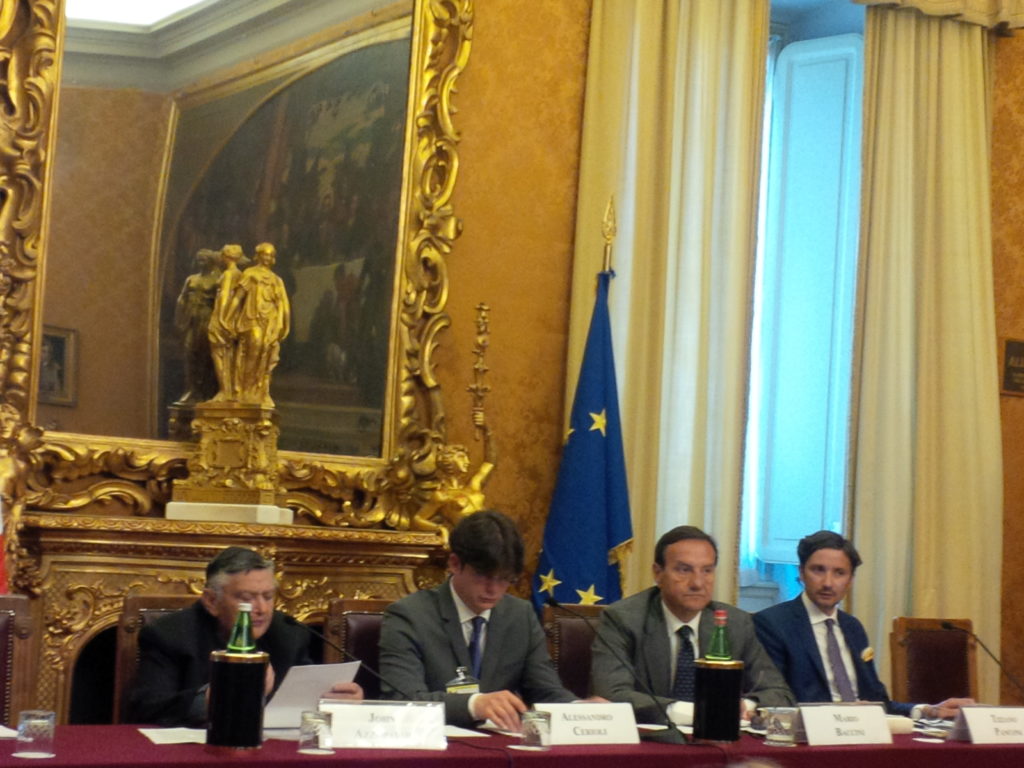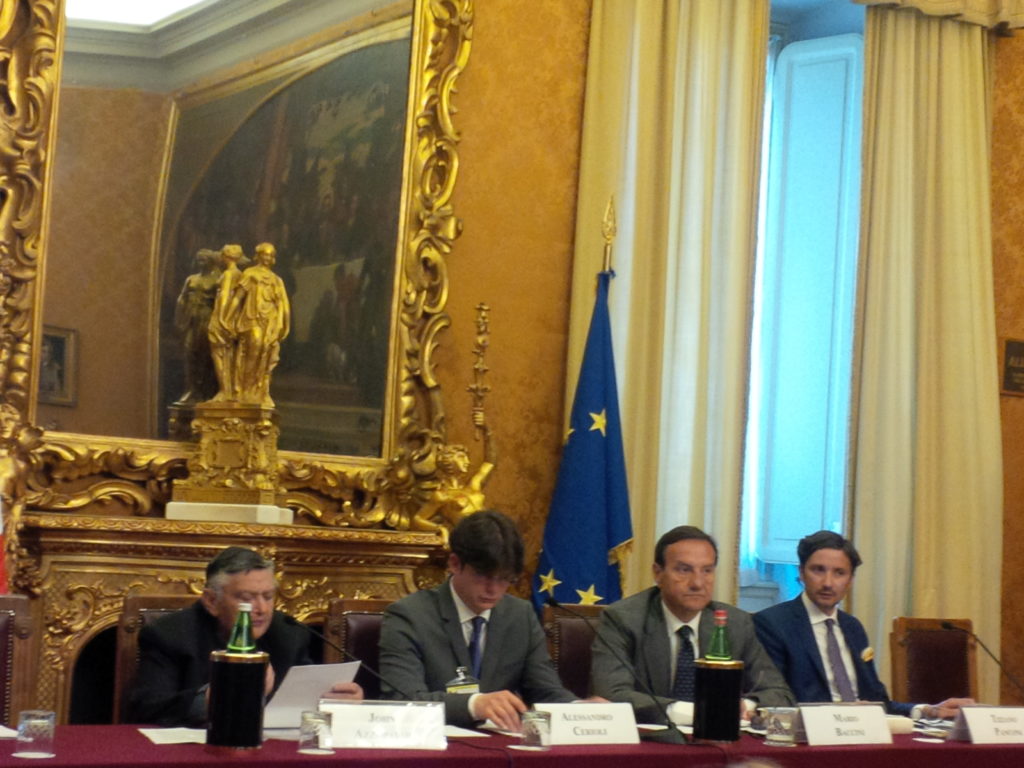Tablinum: the Five souls of the sculpture is the last appointment of Art in Expo. Feed the World with Art.
Having reached an amount of 30,000 visitors during the whole period of Art in Expo, feed the world with art is a great token of appreciation for Tablinum and its partners.
Five is indeed a special issue: is the number of five senses that we use to interpreting the world; a number that symbolizes a polymorphic mind, constantly mutating, which encourages us to use all our outward and inwar strengths in order to reach something else.
That number convey a strong symbolism that permeates the whole exhibition: harmony and contrast, research and sublimation come together in this visual and emotional route which is realized in five different souls of artists.
- Conference at the Italian Parliament – Conferenza al Parlamento Italiano 28.05.2015
- Conference at the Italian Parliament – Conferenza al Parlamento Italiano 28.05.2015
- Conference at the Italian Parliament – Conferenza al Parlamento Italiano 28.05.2015
- Conference at the Italian Parliament – Conferenza al Parlamento Italiano 28.05.2015
JEAN PHILIPPE VATTIER: A SENSORIAL CHOICE
Jean-Philippe Vattier was born in Rouen in 1962. The stone sculpture has always been at the center of his life and his work. After laure in gioiellieria at the Ecole du Louvre in Paris, she opened a shop in Rouen, where he sells jewelry, all unique, of its creation, and handmade.
The need to create not new: as a child carved in stone, carved wood and work with clay.
During the work of professional jeweler, Jean-Philippe Vattier remains tied to his art: the best way to give shape and meaning to the world.
Six years ago, Jean-Philippe Vattier chose to move from small stones to larger models, in order to devote himself exclusively to sculpture.
Jean-Philippe Vattier exposed – sculptures made of clay and stone – in the Carmelite chapel in Bois-Guillaume (76) in December 2005. Since then he has participated in several exhibitions in Guangzhou (China) in December 2008 and twice in the Carrousel du Louvre in Paris in 2009.
The choice of material to be sculpted is done in the same place where he remove the stone: Carrara marble, soapstone from China, but also stones from Brazil, India or elsewhere.
The selection criteria are not only the color and the grain of the stone, but also the artist’s perception of the deeper meaning of matter and its future potential.
JEAN PAUL LAGARRIGUE: DIRECT CARVING
Jean Paul Lagarrigue from 2010 to 2012 he made during a workshop, seven studies with other sculptors. From 2012 to 2015 he has created several sculptures in his studio at his studio.
Throughout the years he collected 14 participation in international fairs and exhibitions.
The artist creates without sketches or preliminary models directly on the stone.
The process of creation is done in two stages:
The choice of subject of the sculpture depend from the choice of the stone and its overall characteristics: shape, color, hardness.
Then, during the work of sculpture, the design is refined, guided, directed by internal features (faults, inclusions) Stone who discover in every stroke of the sculptor. C e work is challenging because the material is removed whenever a risk-taking (breakage, accidents material doubt on the form), however necessary to give rise work.
- Conference at the Italian Parliament – Conferenza al Parlamento Italiano 28.05.2015
- Conference at the Italian Parliament – Conferenza al Parlamento Italiano 28.05.2015
- Conference at the Italian Parliament – Conferenza al Parlamento Italiano 28.05.2015
- Conference at the Italian Parliament – Conferenza al Parlamento Italiano 28.05.2015
LAURENT LAFONTAS: A BODY AND SOUL OF STEEL
Born on April 7th, 1972 Professional sculptor approved the House of the Artists University graduate Jean Jaurès of Toulouse. Teenager, it is with the clay that he discovers a way of expression. Later, during his studies, he develops his artistic experiments by realizing artistic videos and cartoon movies. 5 years ago, he discovers the metal. He begins by representing the strength of the feelings, the drives, the tensions, the agonies of the being … then, he directs his work to more sensualism and realizes essentially feminine busts. At present, he realizes generally his works from assembly of small identical parts. In his last productions, he questions the balance, the unstable, the contrast, the difference, the limit.
For several years Lafontas experiences the creation of sculptures assembled by welding steel. His latest creations are made primarily by female busts that produces mainly using nails and screws. It represents the strength of feelings, tension, sensuality and trubles of human soul. The metal becomes flesh and feeling of his sculptures.
- Conference at the Italian Parliament – Conferenza al Parlamento Italiano 28.05.2015
- Conference at the Italian Parliament – Conferenza al Parlamento Italiano 28.05.2015
- Conference at the Italian Parliament – Conferenza al Parlamento Italiano 28.05.2015
- Conference at the Italian Parliament – Conferenza al Parlamento Italiano 28.05.2015
MIEKE VAN DEN HOOGEN: INNER ASYMMETRIES
In my work, images of women take an important place. In these images, I strive for a combination of naturalistic elements, abstracted forms and emotions. A female body does not interest me as it represents an ideal of beauty, but if it is a representation of a body, a body which is lived, which can be read emotions in the image.
A symmetric body seems to have been built, yet it feels never the same. I want to express by an image asymmetrical building. Because these images are constructed of ceramic, so hollow, the contents should be expressed in the shard.
The image is not an empty vessel, the body is no shell. In this shard I give it inward again, as thin as possible, fragile. In addition to images of women I make ceramic objects. In these objects, I lost my imagination. They are made f or the enjoyment of form. I also make pots, built according to ancient Indian techniques, sometimes with a silkscreen decoration, sometimes reduced fired. By reducing the work undergoes hypoxic changing color: green copper is copper red. The expression and the joy that I have put in the pot, there is hardly a tool. In addition, I also make bowls, vases and plates, which are usually meant to be used.
- Conference at the Italian Parliament – Conferenza al Parlamento Italiano 28.05.2015
- Conference at the Italian Parliament – Conferenza al Parlamento Italiano 28.05.2015
- Conference at the Italian Parliament – Conferenza al Parlamento Italiano 28.05.2015
- Conference at the Italian Parliament – Conferenza al Parlamento Italiano 28.05.2015
- Conference at the Italian Parliament – Conferenza al Parlamento Italiano 28.05.2015
CARLO PAZZAGLIA: THE ADRENALINE OF THE CREATION
I was born in Bologna in January ‘52; I live in the mountains, in Sestola, on the border between Emilia and Tuscany. At 24 I enrolled in the Faculty of Architecture of Venice. I passed all the exams but I never discussed the thesis. I have had many jobs; the last was the stonemason. This was my gym. For some years I do the sculptor.
I work the river stones, iron, wood and lately also the marble, trying to bring to light their life energy. My sculptures tell stories, as were the diaries of the earth. I pursue, as in all my things, simplicity and synthesis. Nowadays it’s not cheap.
Every one of us is inspired from a particular material, either for elective affinities or because he has learned how to work on that; you can experiment with other materials but working with your favorite is like coming back home. When comes the inspiration I feel like a rush of adrenaline and my heart tells me that it is the right one.
During the creative process, you go from happiness to have solved a problem in discontent because what I do not correspond to the vision that I had, to the anger that I feel when demolish even the work of a month or the frenzy for which even forget to eat. I am inspired by the man with his stories and his suffering. I owe much, if not all, Caravaggio, El Greeco, Goya, Giacometti and Brancusi, but I drank from a lot of other sources.
Elisa Larese
- Conference at the Italian Parliament – Conferenza al Parlamento Italiano 28.05.2015
- Conference at the Italian Parliament – Conferenza al Parlamento Italiano 28.05.2015
- Conference at the Italian Parliament – Conferenza al Parlamento Italiano 28.05.2015
- Conference at the Italian Parliament – Conferenza al Parlamento Italiano 28.05.2015
